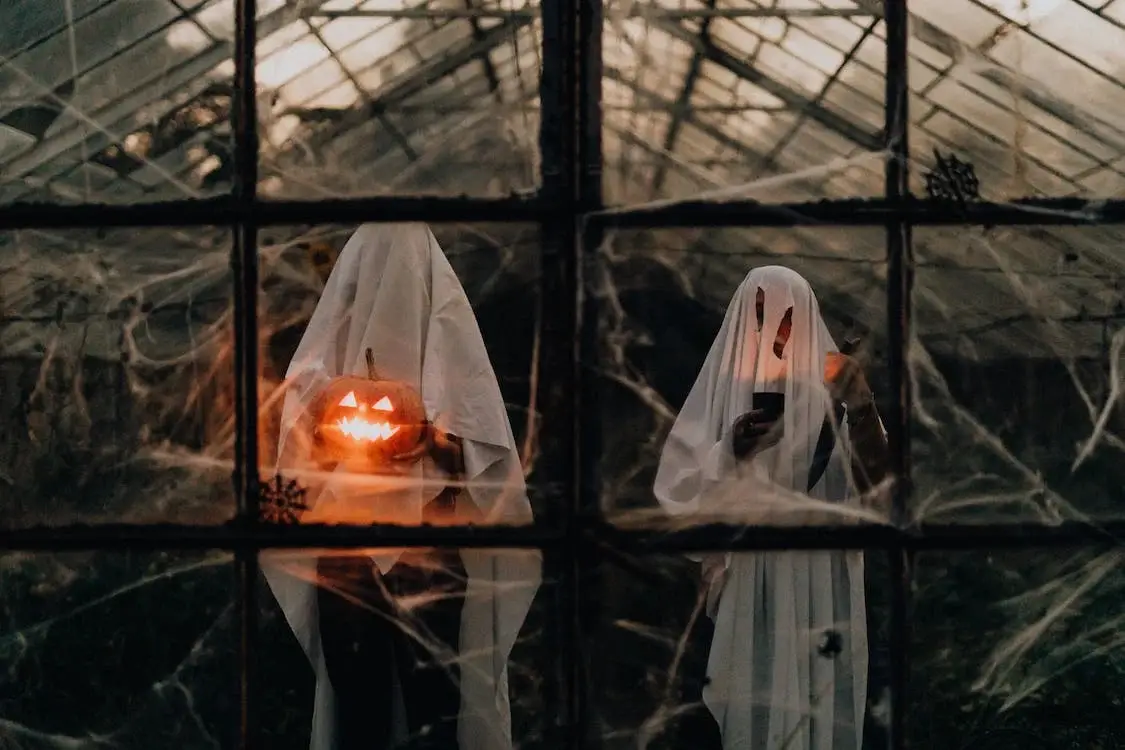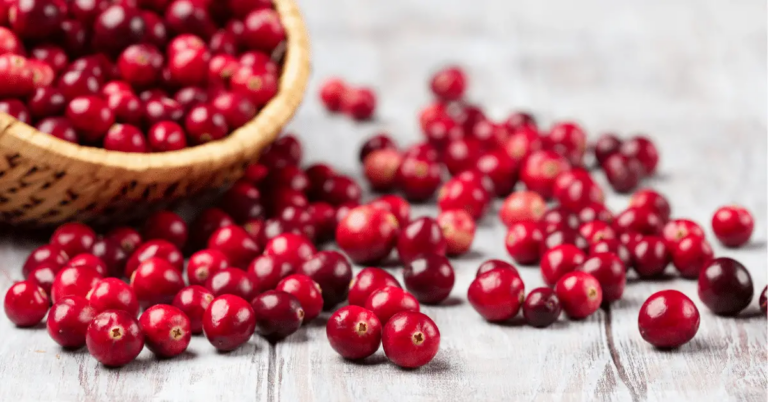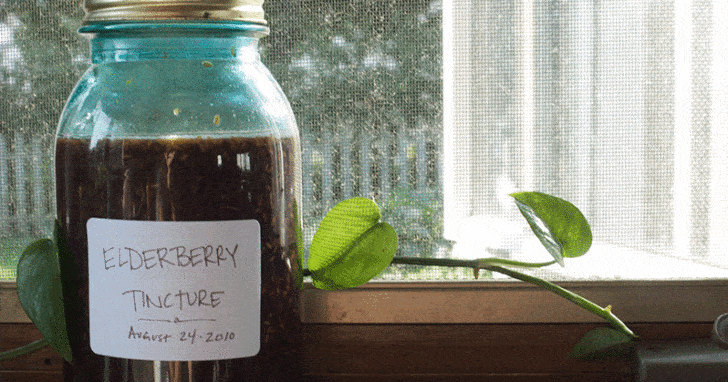As the echoes of Halloween celebrations fade, many of us reflect on the creative decorations that adorned our homes. From carved pumpkins to whimsical ghosts, these festive adornments play a big role in setting the mood. However, as we step into November, there’s a pressing need to discuss a widespread decorative item – fake spider webs and their health impact.
While they undeniably add a touch of spookiness, they harbor a less-than-charming impact on our environment and wildlife. Let’s delve deeper into the often-overlooked consequences of this popular Halloween accessory.
The Hidden Dangers of Fake Spider Webs
As Halloween continues its march as a favored festivity, few realize that some decorations might be scripting a real-world horror tale.
A Silent Peril to Wildlife
The allure of Halloween lies in its eerie decorations, and while we relish the chills and thrills, it’s essential to be aware of their unintended repercussions. Wildlife specialists have consistently pointed out the hazards posed by fake spider webs. Birds, with their innate curiosity, often find themselves ensnared in these synthetic traps, resulting in distress or even fatal consequences.
A Snapshot of the Scale
To grasp the magnitude of this issue, let’s peek into some data from Down Under. A market survey in Australia revealed that of the five million people reveling in Halloween festivities, a whopping 40% decorated their abodes. Doing the math, this hints at nearly two million households potentially employing decor like fake spider webs, which might be detrimental to the environment and its inhabitants. [1]
A Wave of Awareness
It’s a revelation for many. Social media platforms are now rife with individuals expressing their astonishment upon discovering the dark side of these decorations. Such reactions underscore the urgent need to enlighten the masses about the choices they make, especially when they affect the delicate balance of our ecosystem.
Unraveling the Dangers: From Nature’s Balance to Our Backyards
Halloween’s appeal, with its eerie ambience, unfortunately, carries ramifications that reach beyond mere festivities. To truly comprehend the gravity, one must appreciate the delicate equilibrium of nature, and how the slightest disturbance can send shockwaves through this intricate web.

Timing and Trepidations for the Avian World
What amplifies the issue, particularly in regions like Australia, is the unfortunate coincidence of Halloween with the avian breeding season. A study highlighted in the Journal of Avian Biology points out the heightened vulnerability of fledgling birds, who, due to their immature foraging tactics and naive behaviors, are more prone to these man-made threats. These faux webs, though innocuous to us, can morph into lethal snares for them. [2]
Ecosystem Equilibrium and Our Role
We must understand that the loss of even a single bird isn’t just an isolated tragedy. Birds are pivotal cogs in the ecological machine – from pest control and pollination to seed dispersion. Any disturbance, especially during crucial periods like breeding seasons, can set off a domino effect.
Fewer birds can mean more pests, adversely impacting vegetation and agriculture, with repercussions that resonate right up to human communities. Additionally, trapped adult birds result in abandoned nests, elevating mortality rates amongst the fledglings.
The Web Spreads Beyond Birds
The perils of fake spider webs aren’t exclusive to birds. Many key players in our ecosystem, including bees, butterflies, and other vital pollinators, find themselves ensnared. With data from the United Nations suggesting that about 75% of global food crops are somewhat reliant on pollination, safeguarding these pollinators isn’t just an ecological imperative, but a human necessity. [3]
Domestic Dangers Lurking in Halloween Decor
While the outdoors grapples with these challenges, our homes aren’t entirely safe havens either. Pet owners, especially, need to be wary. Ubiquitous decor elements, such as fake spider webs, might be mistaken as playthings or even snacks by our beloved pets, especially cats and dogs. Consuming these non-dietary items can spell digestive dilemmas and might necessitate urgent veterinary interventions.
Chemical Culprit
Delving deeper, the synthetic materials behind these spider webs also pose concerns. Some may off-gas volatile organic compounds (VOCs) or contain harmful additives, which upon inhalation, can trigger respiratory issues. This is particularly concerning for those with pre-existing conditions, such as asthma or other respiratory ailments. [4]

The Threat of Microbial Menace
Left outside, these webs can easily trap moisture, transforming them into potential hotspots for mold growth and other pathogens. Direct contact, or even inhalation of spores from these molds, can lead to health concerns, especially for individuals with weakened immunity or chronic respiratory conditions.
Balancing Festivity with Responsibility
Celebrating Halloween doesn’t necessitate compromising on our ecological responsibilities. With a little thought and innovation, we can uphold the spirit of the season without casting a dark shadow on the environment or our health.
Safe Usage and Disposal of Fake Spider Webs
- Limit Outdoor Use: If you’re keen on using spider webs, consider limiting their use to indoor spaces. This reduces the chance of wildlife entanglement and minimizes microbial risks.
- Secure Properly: Ensure the webs are tightly secured, reducing the risks of trips or falls and preventing them from being easily blown away to become litter or traps for unsuspecting animals.
- Mindful Removal: Post-Halloween, carefully remove the webs. Check thoroughly for any entangled insects or creatures and ensure they are set free.
- Responsible Disposal: Don’t just toss them in the bin. While most aren’t biodegradable, they can often be stored and reused. If disposal is the only option, consider checking local recycling regulations or programs that might accept them.
Eco-Friendly and Health-Conscious Alternatives
- Natural Decor: Utilize items from nature, like fallen leaves, pumpkins, or dried flowers. Not only are they biodegradable, but they also lend an authentic autumnal feel to the decor.
- DIY Fabric Webs: Create spider webs using old white clothes or fabric. They’re reusable, washable, and far less harmful than their synthetic counterparts.
- LED Lighting: Instead of plastic decor, use LED lights. They come in various colors, are energy-efficient, and can create a spooky ambiance without the associated environmental concerns.
- Edible Decor: Use food items like candy corn, apples, or popcorn strings. They’re festive, functional, and have minimal waste implications.
- Invest in Quality: If purchasing decorations, opt for high-quality, reusable items. They might be pricier initially but will last for years, reducing yearly waste and saving money in the long run.

My Personal RX: A Healthier Approach to Halloween & Celebrations
In my years of medical practice, I’ve come to understand that true health extends beyond personal well-being to encompass the environment we live in. Celebrations, like Halloween, take on a richer and more meaningful hue when they’re approached with both our health and the planet’s in mind. When festivity meets sustainability, the joy we derive is truly unparalleled.
Here are my personalized guidelines for a sustainable and healthy Halloween celebration:
- Natural Over Artificial: Embrace decorations sourced from nature, like gourds, dried leaves, and autumn flowers. Not only are they charming, but they also leave no trace.
- Be Ingredient-Savvy: Before purchasing any festive treats or cosmetics, take a moment to read the label. Eschew items loaded with chemicals or additives.
- Home-Cooked Delights: Crafting treats in your own kitchen not only ensures wholesome ingredients but also minimizes packaging waste.
- Personalized Health Focus: Discover the Men’s & Women’s Core Essentials supplements. Tailored to the distinct nutrient requirements of each gender, they pave the way for optimal health!
- Seek Holistic Wisdom: Immerse yourself in the insights of my free comprehensive Protocol for Optimizing Your Health and Wellbeing. This guide illuminates the path to holistic health, emphasizing a balanced and enriching life.
- Reinvent and Reuse: Rather than investing in disposable costumes, get creative with your wardrobe, or consider costume exchanges with friends.
- Minimize Plastic Footprint: If you’re hosting, opt for reusable or compostable party essentials. Reducing single-use plastics can make a significant difference.
Approaching Halloween with an eco-conscious and health-focused lens ensures that the fun we have is both responsible and rewarding. Celebrate wisely!

Sources:
- Halloween to deliver a $430 million spending boost for retailers – Roy Morgan Research. (n.d.). https://www.roymorgan.com/findings/halloween-to-deliver-a-430-million-spending-boost-for-retailers
- Remeš, V., & Matysioková, B. (2016). Survival to independence in relation to pre-fledging development and latitude in songbirds across the globe. Journal of Avian Biology, 47(5), 610–618. https://doi.org/10.1111/jav.00841
- How much of the world’s food production is dependent on pollinators? (2021, August 2). Our World in Data. https://ourworldindata.org/pollinator-dependence
- Gao, M., Liu, W., Wang, H., Shao, X., Shi, A., An, X., Li, G., & Nie, L. (2021). Emission factors and characteristics of volatile organic compounds (VOCs) from adhesive application in indoor decoration in China. Science of the Total Environment, 779, 145169. https://doi.org/10.1016/j.scitotenv.2021.145169



















